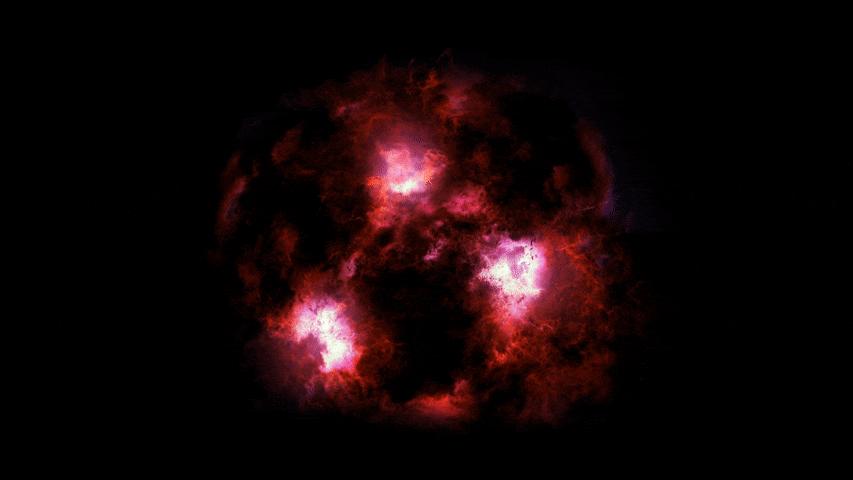When you purchase through links on our website , we may earn an affiliate commission . Here ’s how it mould .
Far out in the cosmos , a ghostly beetleweed stand alone . It shines with only a faint gleam of starlight , has hardly changed for eons — and uranologist have no approximation why it ’s there or how it formed .
DGSAT I , discovered in 2016 , is an ultradiffuse galaxy ( UDG ) , mean it is as big as a distinctive galaxy but gives off very footling starlight . And this foreign galaxy seems to breach many of the rules that order even similar UDGs .

DGSAT I (left) is an ultra-diffuse galaxy that doesn’t have a lot of stars like normal spiral galaxies (right).
Most other UDGs ( a conception relatively fresh to astronomers ) are found within crowd , roiling galaxy clusters . Astronomers believe violent collisions within those clustering ptyalise these faint galaxies out like confetti from a cosmic party popper . [ exposure : 65 All - meter Great Galaxy Hits ]
But DGSAT I is all alone . Untroubled by astronomical collisions or other cosmic upheaval , it has credibly changed very little since it was birth , according to a statementfrom the W. M. Keck Observatory in Hawaii .
To explicate how the solitary DGSAT I organise , astronomers first ask to fuck what it was made of .

" The chemical writing of a galaxy provides a disk of the ambient experimental condition when it was form , like the way that trace elements in the human body can uncover a lifespan of exhaust habits and picture to pollutants , " co - author Aaron Romanowsky , a University of California Observatories astronomer and an associate professor at San Jose State University , order in the statement .
The squad used the Keck Cosmic Web Imager , a igniter - measuringspectroscopeinstalled on Hawaii ’s Mauna Kea .
The prism spectroscope takes an image of the galaxy and then value the wavelength of light in each picture element of the image . Differentelementsemit different wavelengths of light , allowing astronomer a glimpse into the composition and temperature of the galaxy , fit in to the statement .

It turns out , this faint galax is not just pale with a lack of starlight but also anaemic .
The galaxy has very littleironbut normal amounts of magnesium . That is puzzling , the investigator said , because when principal die in violent explosions foretell supernovas , they typically let go both of these metal . " We do n’t translate this compounding of pollutants , but one of our ideas is that uttermost bam of supernovae caused the extragalactic nebula to beat in size of it during its adolescence , in a direction that continue atomic number 12 preferentially to press , " Romanowsky state .
Measurements also show that this galaxy likely took a long time to form , lead off when the universe was very young and continuing to constitute until at least 3 billion years ago .

" One intriguing possibleness is that some of these apparitional galaxy are survive fogey from the aurora of the universe when whizz and galaxies come forth in a much different environment than today , " said Romanowsky . " Their nascency is truly a fascinating mystery that our team is working on solving . "
They reported their findings online Jan. 24 in the journalMonthly Notices of the Royal Astronomical Society .
to begin with published onLive scientific discipline .














